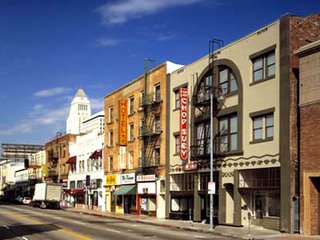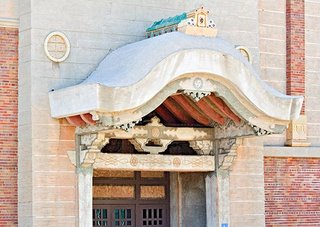Below is the website of the documentary film which was called Hanari Geisha Modern:
http://www.geishamodern.com/
On the night that I attended, the Director, the Writer and an actual Geisha from the film were there to answer questions from the audience. The Geiko's name was Makoto and she was dressed in her kimono and painted white face. Makoto is from Kyoto. After the film she went to the lobby and people were able to take photos with her. I do not have any photos of myself with her because I did not think to bring my camera. I am so mad because I would love to have had a picture with her . Oh well.
Here is a picture of the Geiko Makoto from that night from another person's camera. She looks amazing.


Here is a description of the documentary film from the website.
Hannari - Geisha Modern is a documentary film, which is truly unique in its approach. There have been numerous documentaries on the Geisha, which were limited to educating the audience through narration and interviews with scholars. Our approach is much more visual and aural, allowing the audience to take in the atmosphere through the images, the sounds of the instrument and the soft, melodic dialect spoken by the geisha.
The producer/director, Miyuki Sohara has trained alongside the geisha in Kyoto, working for several years to cultivate relationships within the geisha community. Her efforts have garnered this film crew a level of support no other film/TV crew has ever been granted.
Many of the popular films and stories about the Geisha tend to perpetuate the unwelcome notion that those who become geisha are victims of circumstance. Hannari - Geisha Modern shows the Geisha as dedicated artists and proud purveyors of Japanese tradition in their full glory.
For the first time in history, all Geisha districts in Kyoto were filmed.
Yuki, a geisha who married the nephew of J. P. Morgan 100 years ago.
Makoto pursues two careers as a Geisha and as a Jazz singer today.
The sprit of hospitality and the subdued beauty of the Geisha of Kyoto.Feel the beauty of the old and new Japan through the world of the Geisha.
Someday I will go to Kyoto and I hope I will be able to have my picture taken with another Geiko.
Here is a really good video of a Maiko performing a traditional dance.










